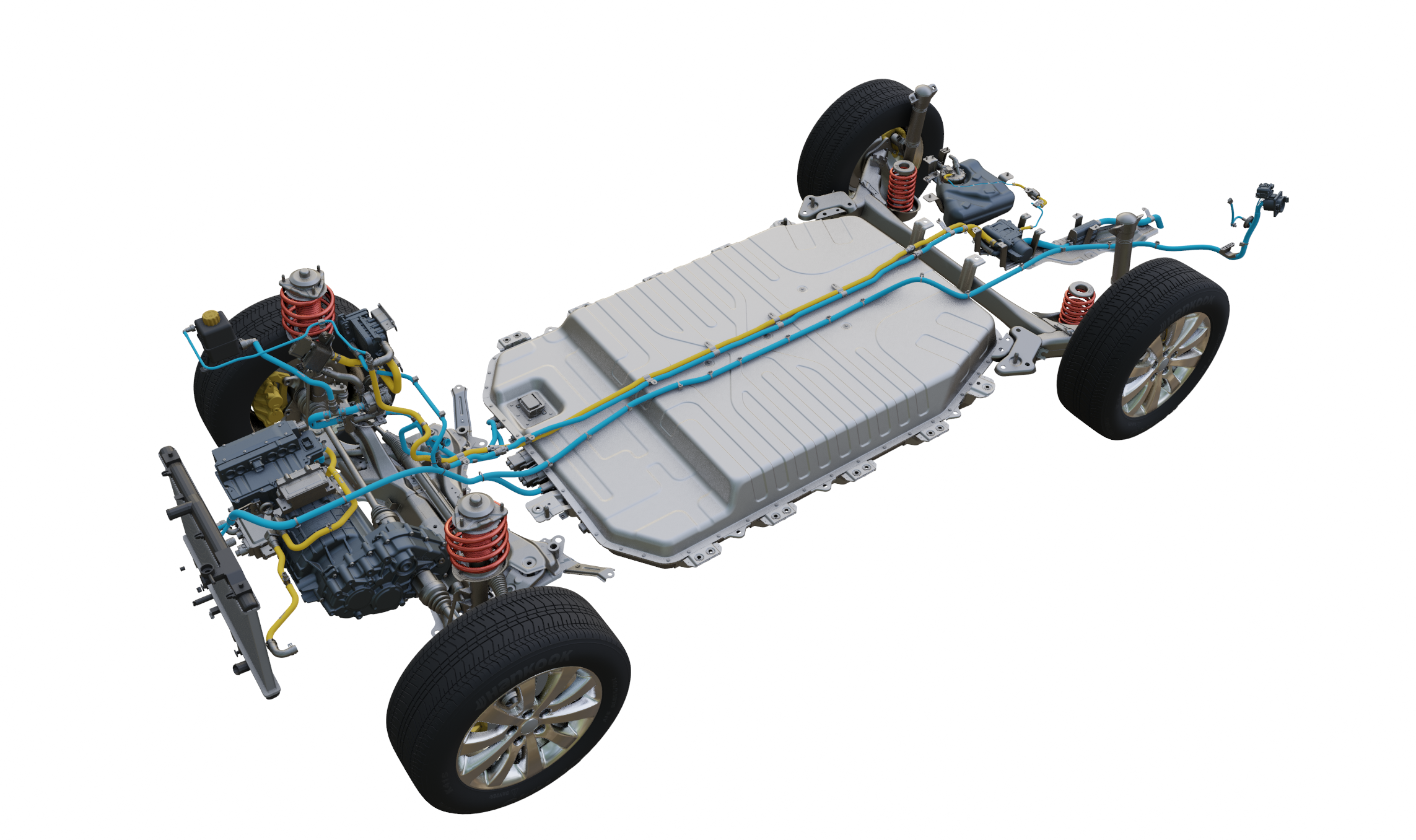Dr. Charlotte Yates Discusses Electric Vehicles on The Bridge with Peter Mansbridge Podcast
The Bridge with Peter Mansbridge hosted Dr. Charlotte Yates, the President of the University of Guelph and the Automotive Policy Research Centre, to discuss the rise of electric vehicles (EVs) and the direction of the Canadian automotive sector.














